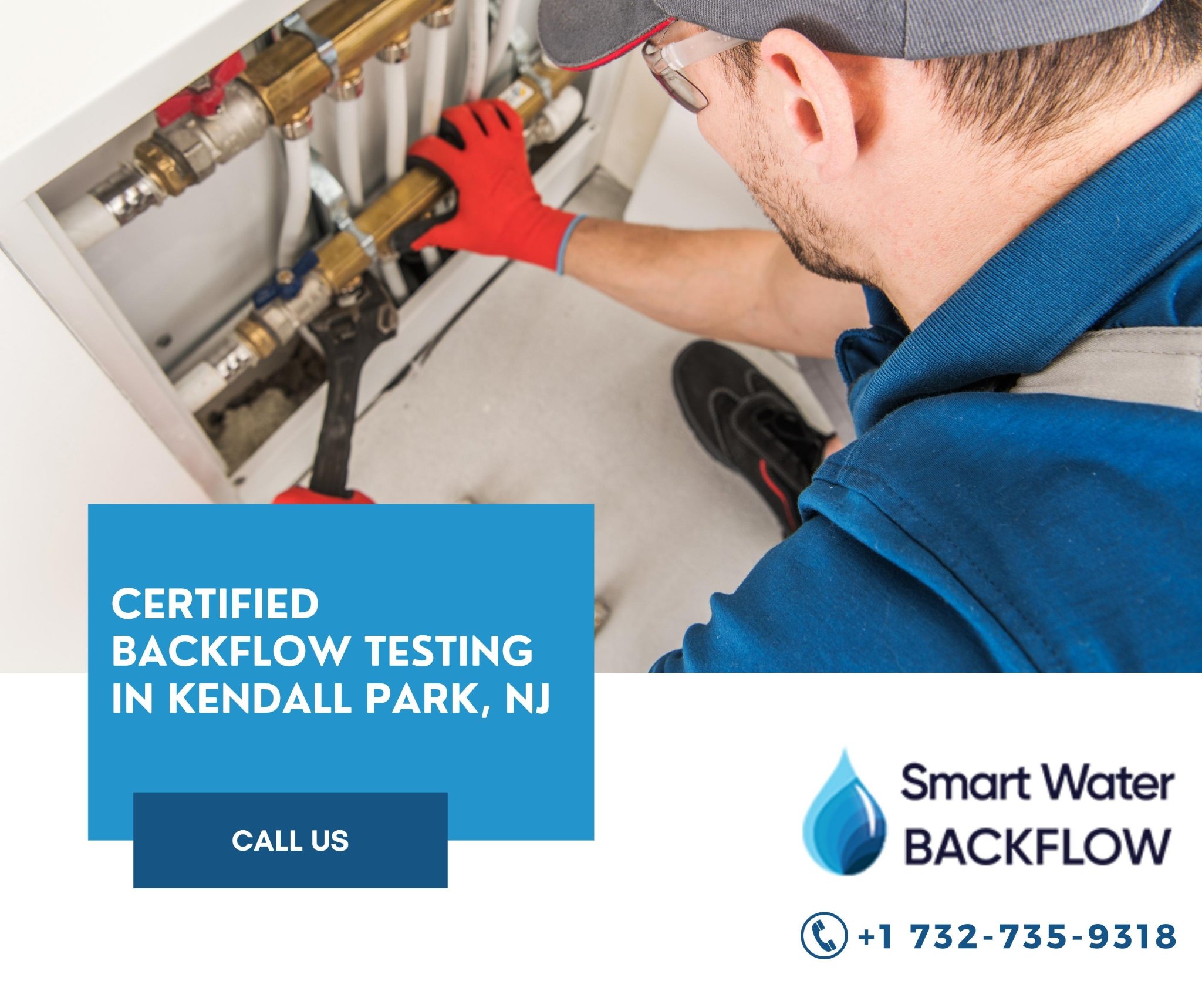Water is an important resource that many of us often take intended for granted, but making sure its safety is definitely paramount. Backflow assessment plays a crucial role in safeguarding our water present by preventing impurities from entering fresh water systems. Along with the rise associated with health concerns in addition to increased regulations, knowing why backflow screening is vital for your property is never more critical. Whether you’re a homeowner, the owner of a business, or manage a good industrial facility, knowing the risks associated along with backflow and just how regular testing can easily mitigate them is definitely essential.
Many people may wonder what specifically backflow testing entails and how frequently it should always be performed. From knowing the signs that will indicate immediate screening is necessary to understanding the legitimate requirements in your area, staying informed can help protect both your health insurance and your environment. On this page, we will discover the significance of backflow testing, the prospective consequences of neglecting it, and practical steps you can take to assure your own water remains secure. Join us even as we delve into the particular world of backflow prevention and find out why investing inside testing repairs and maintanance is a priority you can not find the money for to overlook.
Understanding Backflow Testing
Backflow testing is usually a critical process that ensures the safety and quality of your water supply by simply preventing contamination. Any time water flows backward in to the clean water supply, it creates some sort of dangerous situation generally known as backflow. This may happen due in order to changes in strain within the normal water system, often induced by events this sort of as a burst pipe or the make use of of a lawn irrigation system. Normal testing is important to distinguish and fix potential issues before they lead to be able to significant contamination hazards.
Conducting a backflow check involves checking out the backflow prevention devices set up in your domestic plumbing system. These devices are made to keep unclean water from streaming into the thoroughly clean water system. A certified tester will certainly evaluate the features of these gadgets, ensuring they operate correctly to protect your moving water from pollutants and dangerous elements. Understanding how Backflow Testing Services can assist property owners love the significance of schedule maintenance.
The recommended consistency for backflow testing varies based on nearby regulations and the type of property. A lot of municipalities require twelve-monthly testing, especially regarding commercial and multi-family buildings, to assure compliance with basic safety standards. Knowing any time to test your system can assist prevent costly vehicle repairs and keep your own water supply secure for anyone.
Importance and Consistency of Testing
Backflow testing is critical to making sure the safety and quality of your own hydrant. Contaminated water can pose serious health and fitness risks, making it necessary for property owners to prioritize this particular testing. Regular tests will help detect potential issues before these people escalate, safeguarding your current household or business from unsafe normal water conditions. Understanding the importance of backflow testing can motivate proactive measures to safeguard your water source and overall health.
Typically the frequency of backflow testing varies based on local regulations and the special needs of your own property. For many non commercial properties, annual examining is recommended to ensure that backflow prevention devices are usually functioning properly. Commercial and industrial facilities often face stricter requirements due in order to the higher risk associated with their operations. It’s crucial to stay informed concerning local laws connected to backflow screening, as these can dictate how usually tests needs to be scheduled.
Ignoring backflow testing may lead to extreme consequences, including water contamination, health dangers, and costly repairs. Identifying the symptoms that indicate typically the need for testing can help you save from potential calamities. By keeping to a normal tests schedule, property owners may maintain a reliable and even safe water provide, minimizing the risk of backflow-related concerns and ensuring complying with necessary rules.
Reduction and Compliance
Preventing backflow is not simply essential for maintaining water quality but in addition for complying with various regulations. Many municipalities have strict laws and regulations regarding backflow prevention devices and the particular frequency which backflow testing must be done. By understanding these regulations, home owners may ensure they are really in compliance in addition to avoid hefty fees or legalities of which may arise from negligence. Regular backflow testing acts because a safeguard in opposition to potential contamination, ensuring that your house meets local well being and safety specifications.

Home owners should schedule backflow testing annually at a minimum, although the frequency might vary dependent on specific use and local polices. Commercial properties may have different requirements when compared to residential homes. Staying proactive with testing and maintenance may help prevent unexpected backflow incidents, that may interrupt business operations and even pose health threats to employees and consumers. Knowing when should you analyze and keeping accurate records are key components of complying.
Simply by being diligent regarding backflow prevention plus testing, property owners will significantly slow up the risk of contamination and ensure safe drinking drinking water for all occupants. Moreover, investing inside certified backflow elimination devices and deciding on qualified professionals regarding testing can improve compliance efforts. Being informed about community testing requirements plus maintaining ongoing interaction with local water authorities can even more streamline the method, making sure that will essential water security measures are constantly upheld.
